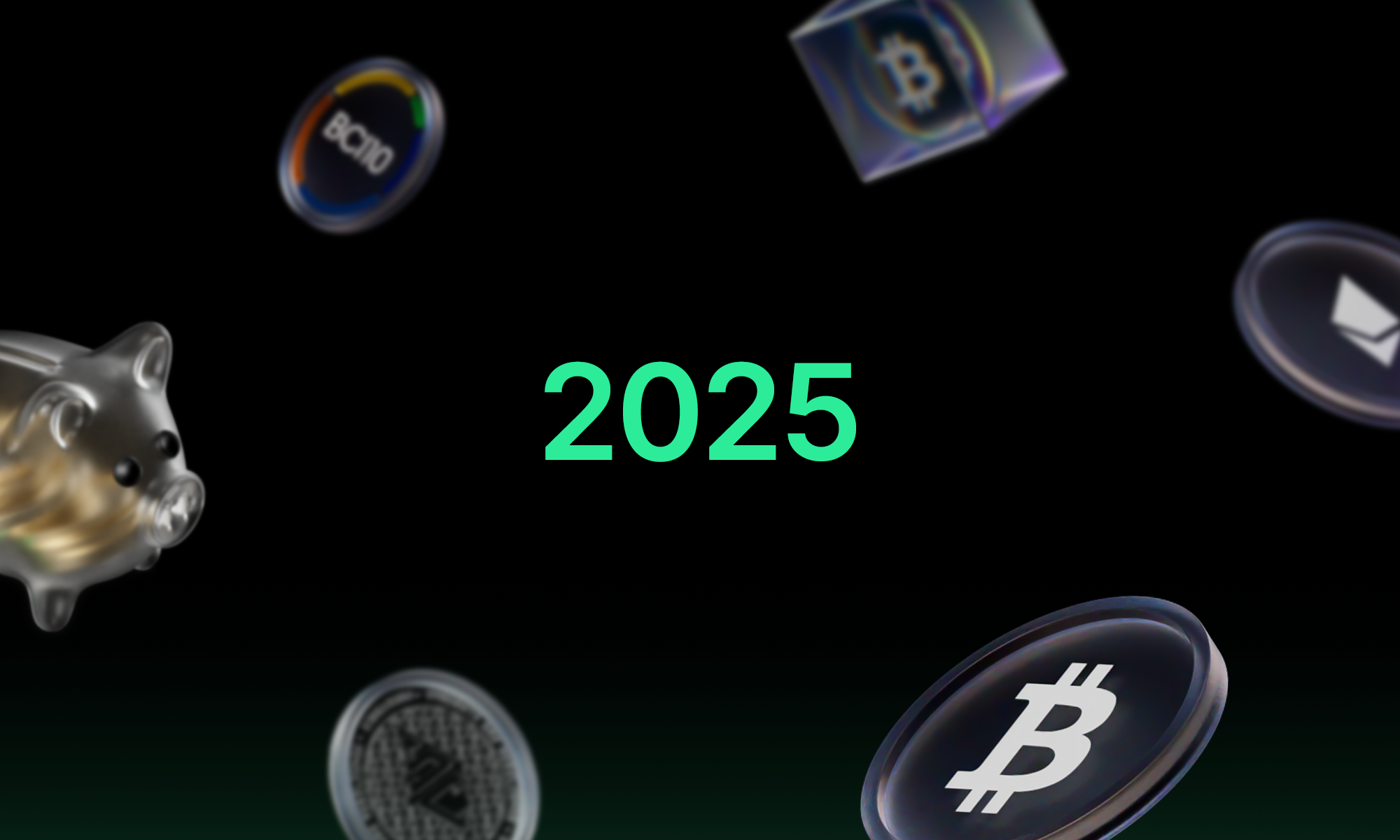
Navigating Crypto’s Dynamic Landscape in 2025: Security, Staking, Innovation, and Integration
2025 is turning out to be a wild ride for crypto, and we’re not even done yet. The space is moving faster than ever, throwing both incredible opportunities and serious challenges at us. We’re seeing new exchanges with fresh ideas, but also a troubling rise in threats from sophisticated hackers. It’s a world where technology, security, and user freedom are all colliding. For investors, developers, and crypto enthusiasts, figuring out how to navigate this landscape is key. Let’s break down the major currents shaping crypto today and see how they connect to the future of Web3.
A New Breed of Exchange Puts Users First
One of the biggest stories this year is the rise of next-gen crypto exchanges that are actually listening to their users. They’re focusing on transparency, real user control, and making trading feel less clunky. A perfect example is CZR Exchange, founded by Charlie Rothkopf. It recently made its debut on CoinMarketCap in October 2025, which is a pretty big deal. Getting listed isn’t just for show; it’s a signal to the whole community that an exchange is committed to being open. It provides traders with the real-time, transparent data on trading volumes and liquidity they need to make informed moves.
What really makes CZR stand out, though, is its model for self-custody. The exchange is structured so that users can keep control over their private keys even while they’re actively trading. For anyone who lives by the mantra “not your keys, not your crypto,” this is huge. It tackles one of the biggest fears in crypto, reducing the risk that comes from trusting a centralized platform to hold your assets. This is a major step forward for user empowerment and security.
With Innovation Comes Risk: The Sobering Reality of Cyber Threats
But for every step forward in user control, we get a stark reminder of the risks that are still out there. As the industry innovates, it has to deal with the constant threat of cyber attacks. Blockchain analysis firm Elliptic dropped a bombshell recently, revealing that North Korean hackers have stolen over $2 billion in crypto in 2025 alone. That number is staggering, and it highlights just how badly the industry needs better security protocols.
The infamous hack of the Bybit exchange back in January, which accounted for $1.4 billion of that total, is a painful example of what’s at stake. These massive security breaches show us that while decentralization gives users more power, it also requires powerful defenses against skilled attackers. For developers, this underscores the urgent need for innovation in cybersecurity. For investors, it’s a reminder to be extremely careful about where and how they store their assets. Could new AI-driven protocols finally turn the tide on security?
Staking Heats Up as Investors Seek Shelter
With all this market volatility and security drama, it’s no wonder many investors are looking for steadier ways to grow their holdings. Enter staking. For those new to the concept, staking is basically locking up your tokens to help secure a blockchain network. In return, you earn rewards over time. It’s a way to grow your crypto stack even when the market is moving sideways or dipping, providing a much-needed source of passive income.
We’re even seeing this trend pop up in unexpected places, like with meme-influenced tokens. Take Pepeto, a token that mirrors the total supply of PEPE Coin. It has been gaining traction by mixing its cultural, meme-like appeal with actual utility, like staking rewards and a growing exchange infrastructure. Their live presale and staking options show how projects are learning to fuse community hype with practical benefits. In today’s crowded market, that combination is becoming more important than ever for a project’s survival and growth.

Where to Stake? The Giants Still Dominate
Of course, where you stake your assets matters a lot. While new platforms are emerging, the best crypto staking platforms are still the household names. Exchanges like Gemini, KuCoin, Kraken, Coinbase, and Binance.US continue to lead the pack with strong staking programs for popular tokens like Ethereum (ETH) and Polygon (MATIC). These platforms offer the reliability and resources that help investors, both big and small, maximize their yields while keeping risks to a minimum. Whether you’re a conservative staker who prioritizes security above all else or someone willing to take on more risk for higher rewards, there’s a platform out there for you.
Smarter Trading Through Seamless Data Integration
Innovation in crypto isn’t just about new tokens or exchanges. It’s also about how we access and use market data. It’s not just about *where* you trade, but *how* you trade. A great example of this is XT Exchange’s recent data integration with TradingView, one of the most popular trading analysis platforms on the planet. This move brings real-time data for perpetual and futures markets directly into the hands of traders.
For active traders and analysts, this is a huge boost in efficiency. They can now access critical metrics like price, volume, and order book depth without constantly switching between different windows and platforms. This seamless access to information from developer tools and tech platforms allows for quicker, smarter, and more informed decision-making. This kind of integration is a sign of a maturing market, where user experience and technical sophistication finally meet. Good data, made easily accessible, is what separates strategic trading from just gambling.
What’s Next? Balancing Progress and Protection
So what do all these trends tell us about the future? If 2025 is anything to go by, the future of crypto is all about finding the right balance. Exchanges that can successfully blend transparency, user control, and strategic partnerships are the ones that will win out. At the same time, staking ecosystems will continue to evolve, offering valuable income opportunities for investors navigating a volatile crypto market.
On the security front, the relentless threat of cybercrime will force more innovation in protective measures, from decentralized custody solutions to AI-powered threat detection systems. Finally, the deep integration of market data and analysis tools will continue to raise the bar for trading intelligence, which should attract more participants and lead to healthier market dynamics. For anyone involved in crypto and blockchain in 2025, these developments are shaping a more resilient and accessible digital economy.
The story of crypto in 2025 is one of growth, but not without some serious growing pains. As the Web3 vision continues to unfold, we can expect an ecosystem where technology does more than just move value around. It will also be used to build trust, strengthen security, and foster real community bonds. The fast-paced changes we’re seeing this year are setting the stage for a smarter and more robust digital asset world. For investors, developers, and users, staying informed and being ready to adapt will be the most important strategies for grabbing the opportunities and managing the risks on this thrilling new frontier.
Sources
- Crypto Exchange Sensation: CZR’s CoinMarketCap Debut, 25K Users & Bold Expansion Plans, ts2.tech
- Best Crypto Staking Platforms Of 2025, Forbes
- North Korean hackers stole over $2 billion in crypto so far in 2025, researchers say, TechCrunch
- Xplore Crypto, Trade with Trust. XT Exchange x TradingView Shape the Future of Intelligent Trading, markets.businessinsider.com
- Crypto Market Update: Pepeto Advances Presale With Staking Rewards and Live Exchange Demo, markets.businessinsider.com





















































